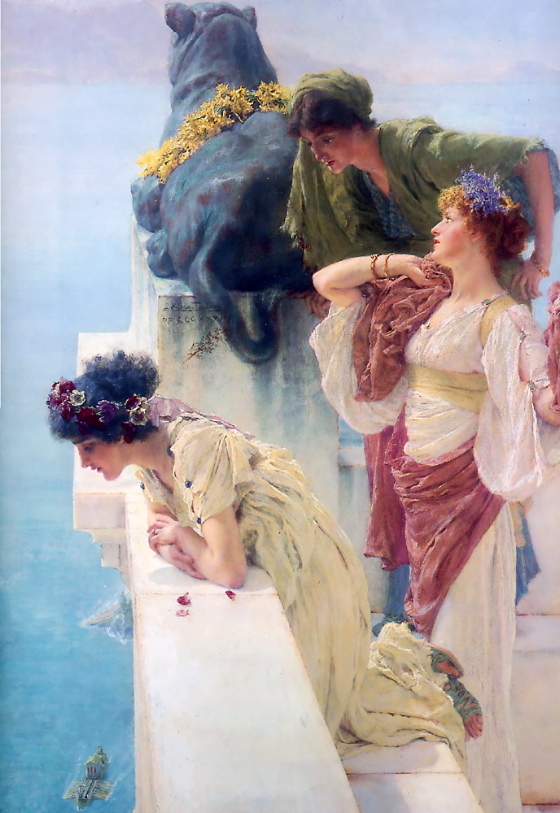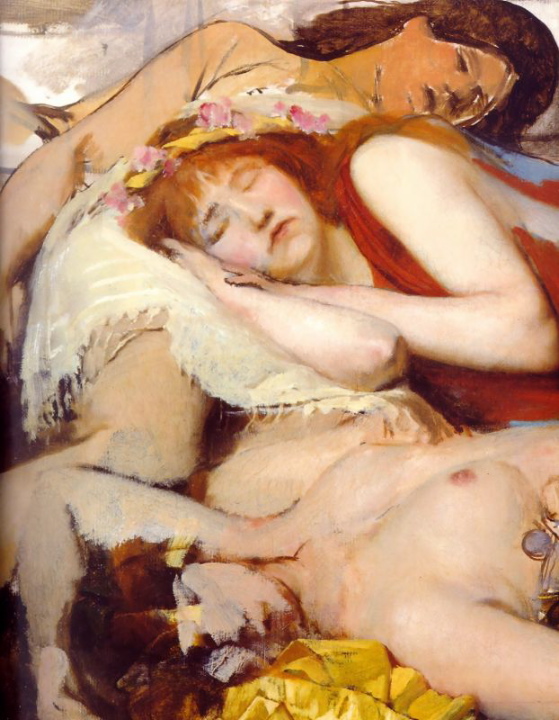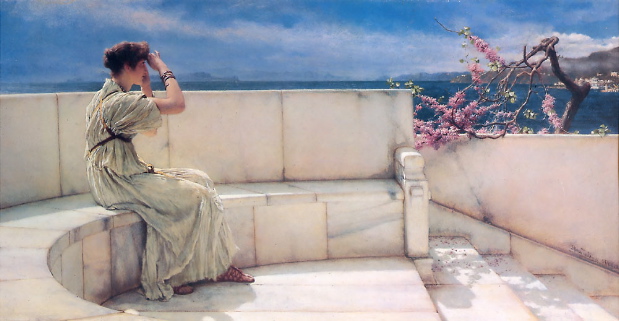Sir Lawrence Alma-Tadema might be the most ravishing of all the Victorian academic painters. His luminous photo-authoritative images of the ancient world are sensually and historically seductive — they seem to lay antiquity before us as it might have appeared in real life were we to be magically transported back into it.
In truth his visions are romantic, concentrating as they do on sunny Mediterranean light, color, luxury and spectacle — but they convince the eye. His preoccupation with the illusion of spatial depth draws us imaginatively into the scenes he conjures up, gives us a visceral sense of participation in them.

The tradition of the Biblical epic in cinema pursued Alma-Tadema’s aims by other means but rarely achieved them with such magnificent authority. The chariot race in Wyler’s Ben-Hur perhaps comes closest to involving us in a vision of the ancient world that possesses a comparable enchantment and illusion of truth.
Wyler, and second-unit director Yakima Canutt, who actually supervised most of the filming of the chariot race, used the tracking shot in spectacular ways to draw us into the cinematic universe of the sequence. A camera moving through real spaces, photographing real people driving real chariots was a powerful tool, but in a way its very power highlights the effects Alma-Tadema was able to achieve with just paint and canvas.
He was fine painter, as well as a fine storyteller — the study below gives a good idea of his purely painterly gifts, scarcely inferior to Degas’, for example:

The 20th-Century art establishment became suspicious of the meticulous “finish” the academic painters gave their works, but the über-photographic illusion they were after, and the narrative ambitions it served, remain potent and charming.

